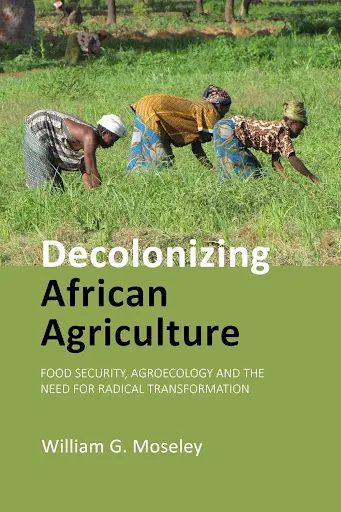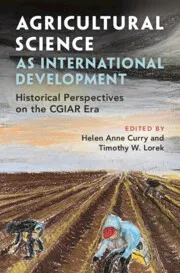This paper aims to present a simple way of rating relationships between the Sustainable Development Goals (SDG) targets to highlight priorities for integrated policy. It presents a conceptual framework to analyse SDG interactions, organize evidence and support decision-making about national priorities.

Since the launch of the new global goals, there has been much talk of synergies between the different goals, where say, educational efforts for girls (goal 4) in southern Africa would enhance maternal health outcomes (part of goal 3), and contribute to poverty eradication (goal 1), gender equality (goal 5) and economic growth (goal 8) locally. It is often argued that if mutually reinforcing actions are taken and trade-offs minimized, the SDG agenda will be able to deliver on its potential by creating a stronger policy coherence. But the authors of this paper point to the problem of policymakers and planners operating in silos and the policymakers’ need for a rubric for thinking systematically about the many interactions between the SDGs— beyond simply synergies and trade-offs — in order to quickly identify which groups could become their allies and which ones they will be negotiating with. Policy makers also need up-to-date empirical knowledge on how the goals and interventions of one sector affect another positively or negatively.
To address this issue, the authors propose a seven-point scale of SDG interactions to organize evidence and support decision-making about national priorities. This should help policymakers and researchers to identify and test development pathways that minimize negative interactions and enhance positive ones. As it is globally applicable that countries can compare and contrast, and learn from each other and over time. They then rate seven possible types of interactions, from the most positive (scoring +3) to the most negative (−3). These can be applied at any level — among goals and targets, to individual policies or to actions. They say that for practical policymaking, the process should start from a specific SDG — in line with a minister's mandate — and map out, score and qualify interactions in relation to the other 16 goals and their targets.
The authors see this conceptual framework as a starting point for building an evidence base to characterize the goal interactions in specific local, national or regional contexts. They write “There is no formal platform for sharing such knowledge yet, but the International Council for Science (ICSU) is beginning to use the framework and populate it with empirical evidence. The ICSU is bringing together research teams of leading experts from universities and institutes around the world to develop thematic case studies, starting with the SDGs for health, energy and food.”
Citation
Nilsson, M., Griggs, D., Visbeck, M., (2016). Policy: Map the interactions between Sustainable Development Goals Nature 534, 320–322, doi:10.1038/534320a
Read the full paper here.
You can find other related resources in our research library categories on governance and policy, decision-making tools and the keyword category on sustainable development goals




Comments (0)